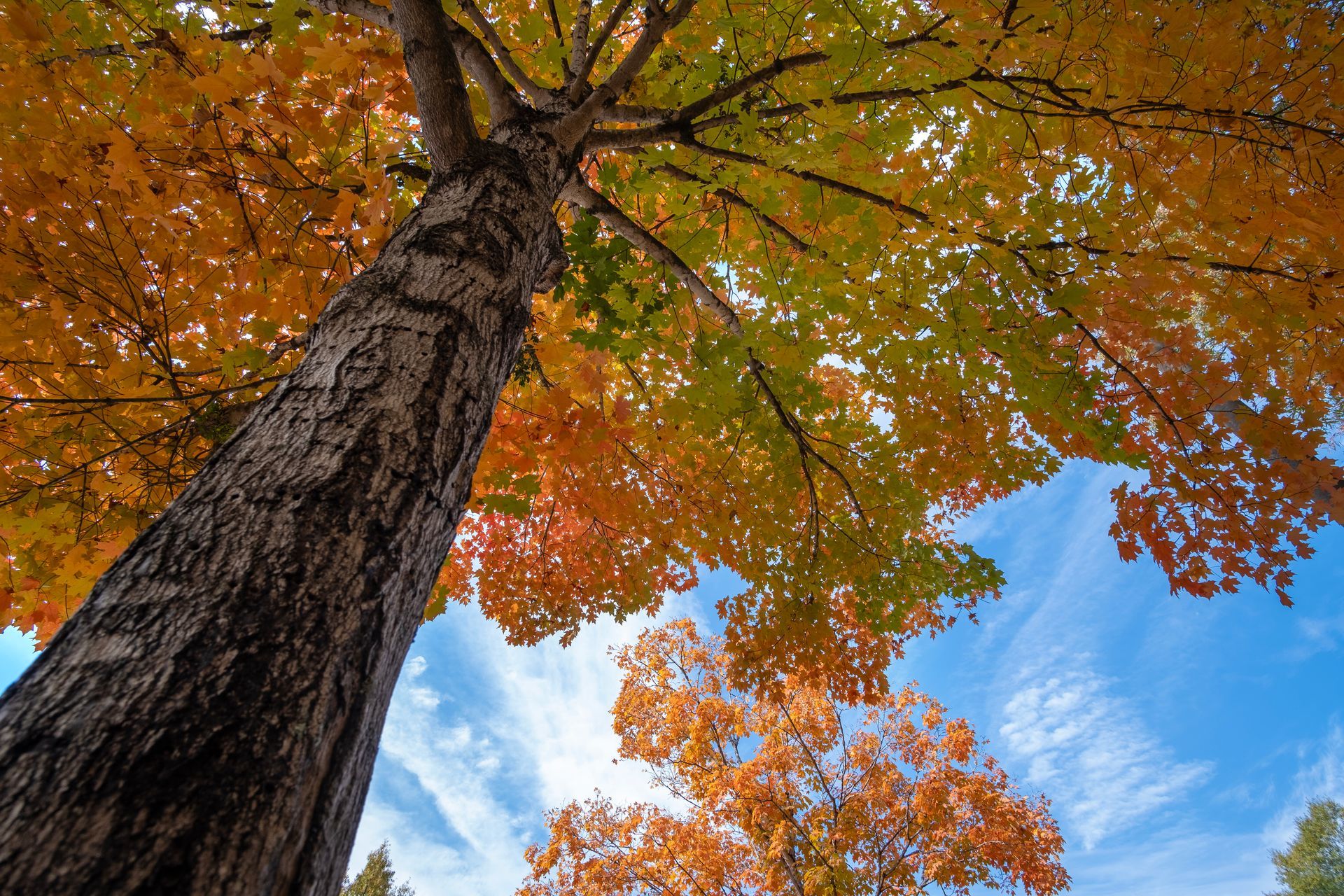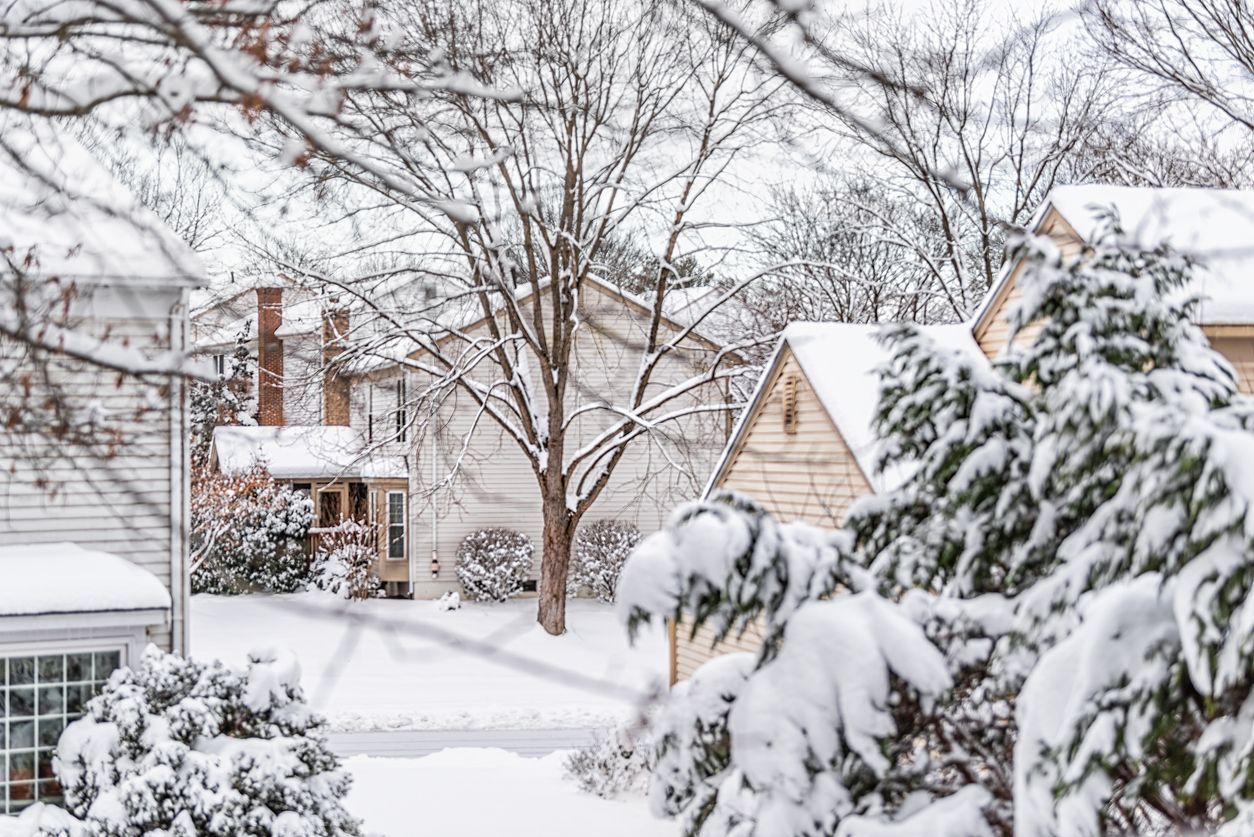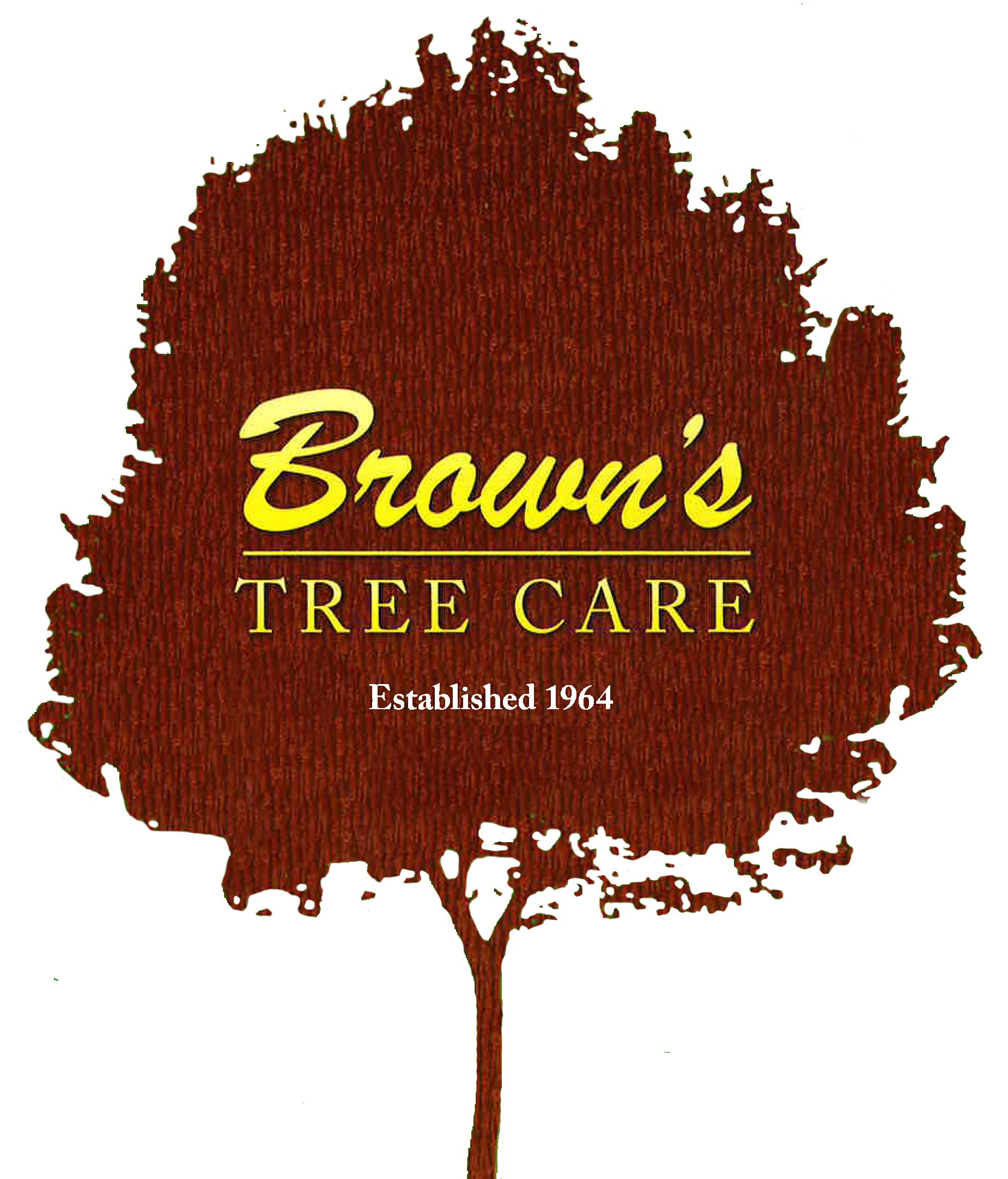Preparing Your Trees for Fall: A September Checklist from Brown's Tree Care
As the summer heat begins to fade and we welcome the cooler breezes of September, it's the perfect time to start thinking about preparing your yard for fall. Just as you switch out your wardrobe, your trees need a little seasonal attention, too. The care they receive now is crucial for their health and safety through the colder months and will ensure they thrive come springtime.
At Brown's Tree Care, we believe in a proactive approach to tree health. Here’s a simple checklist to help you get your trees fall-ready.
1. Inspect for Stress and Disease
September is a great time to do a quick health check on your trees. Look for signs of stress or disease that may have developed over the hot Arkansas summer. This could include:
- Discolored or wilting leaves
- Unusual spots or growths on the bark
- Branches that appear bare or are shedding leaves earlier than others
- Signs of pest infestation, like small holes in the trunk or sawdust at the base
Catching these issues early can prevent them from becoming serious problems later. If you spot anything concerning, it’s best to have a professional take a look.
2. Prune for Health and Safety
Fall is an excellent season for tree pruning. Removing dead, dying, or weak branches now helps improve the tree's overall health and prepares it for winter. These compromised limbs are often the first to break during a storm, posing a risk to your home and property.
Proper pruning also improves air circulation, which can help prevent disease. Our team at Brown's Tree Care uses the correct techniques to ensure your trees are pruned safely and effectively, promoting strong, healthy growth for years to come.
3. Protect with Mulch
Applying a fresh layer of mulch is one of the easiest and most beneficial things you can do for your trees this month. A good mulch layer helps retain soil moisture, insulates roots from temperature fluctuations, and suppresses weeds that compete for nutrients.
A word of caution: make sure to apply mulch correctly. It should be spread in a donut shape around the base of the tree, keeping it a few inches away from the trunk itself. This prevents moisture from building up against the bark, which can lead to rot.
We're Here to Help
Taking these steps now will help your trees stay strong and beautiful all year long. If you need assistance with any part of your fall tree care checklist, the experts at Brown's Tree Care are here to help. From professional pruning and tree removal to health assessments, we've got you covered.
Remember, estimates are always free! Just give us a call at 479-273-0202 to schedule your appointment and ensure your trees are ready for the changing season.




